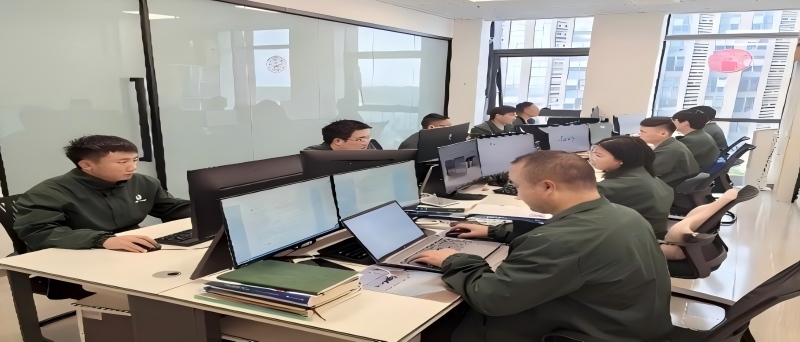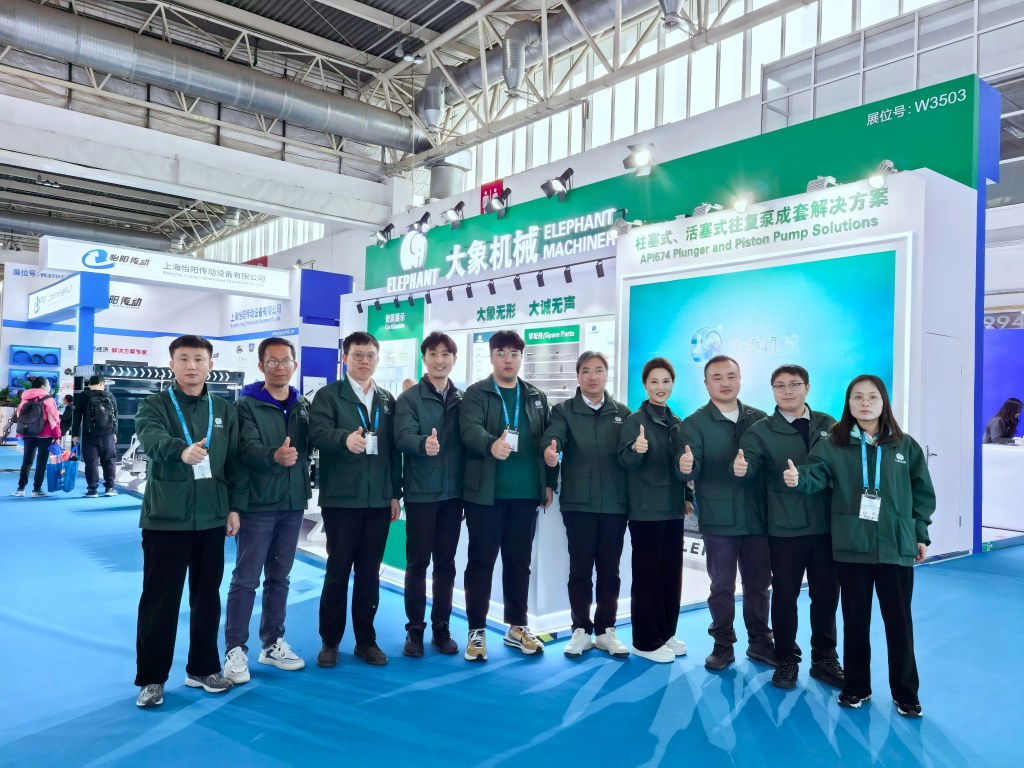Model :
CBW-2500Type :
Diesel Engine PumpStroke :
200Cylinder Diameter :
140Flow :
539-2500 L/minPressure :
4.6-19 MpaShipping Port :
Shanghai Port, ChinaWarranty :
12 MonthsThe CBW-2500 diesel crude oil transfer pump is a horizontal triplex reciprocating single-acting plunger pump equipped with an automatic shift transmission and wireless remote control.
It is suitable for transferring crude oil, heavy oil, and other high-viscosity liquids, playing a vital role in petroleum extraction, refining, and storage/transportation operations. Its high-efficiency transfer capacity and stable performance make it an ideal choice for long-distance pipeline transportation. Additionally, this equipment can be applied to raw material transportation in the chemical industry and emergency oil drainage or recovery operations in special scenarios, demonstrating strong adaptability and reliability. This plunger mud pump offers six flow and pressure specifications.
This customized crude oil transfer pump features a wireless remote control system, supports touchscreen remote operation, and enables real-time monitoring via its display screen.
Features
1. With Cummins diesel engine;
2. Wireless remote control, improving efficiency;
3. Easy operation, reliable performance;
4. Good disassembly, easy maintenance and relocation.
Technical Parameters and Specifications
| Type | Horizontal Triplex Reciprocating Single Acting Plunger Pump |
| Stroke (mm) | 200 |
| Cyclinder Diameter (mm) | 140 |
| Flow (L/min) | 2500 1845 1330 990 730 539 |
| Pressure (Mpa) | 4.6 6 8 11 15 19 |
| Input Speed (r/min) | 230 |
| Dimensions (mm) | 5310*2300*2480 |
| Weight (kg) | 12900 |
| Diesel Model | QSZ13-C400 |
| Diesel Engine Power (KW) | 298 |
| Rated Speed (r/min) | 1800 |



FAQ
1. What is a crude oil transfer pump? How does it work?
Crude oil transfer pumps utilize the reciprocating motion of pistons/plungers to draw in and discharge liquids. Their core components include a drive unit, gearbox, plunger assembly, and sealing system. During operation, an electric motor or diesel engine drives the gearbox, transmitting power to the crankshaft connecting rod mechanism. This propels the plunger to move linearly back and forth within the cylinder. When the piston/plunger retracts, the inlet valve opens, drawing liquid into the cylinder. As the piston/plunger advances, the outlet valve opens, pressurizing and expelling the liquid. This operation delivers stable flow rates and high pressure output, making it suitable for diverse complex operating conditions. Featuring a single-acting design, the equipment ensures each piston stroke efficiently completes liquid transfer while minimizing energy loss and enhancing overall efficiency.
2. What types of liquids are suitable for crude oil transfer pumps?
This pump effectively handles liquids containing solid particles, such as slurry or sand-laden crude oil, ensuring stable operation under harsh conditions. Its unique plunger design and sealing technology enable it to transfer corrosive liquids under high-pressure conditions while extending equipment service life. Additionally, crude oil transfer pumps are suitable for conveying liquids in high-temperature environments, such as hot oil or molten chemical feedstocks, meeting diverse industrial demands. For low-viscosity liquids like light petroleum products or solvents, the pump also demonstrates excellent adaptability, ensuring precise control of flow rate and pressure.
3. What are the primary advantages of reciprocating crude oil transfer pumps compared to centrifugal pumps?
Reciprocating crude oil transfer pumps excel in handling high-viscosity liquids, delivering higher pressure and more precise flow control. Their structural design provides superior wear resistance during operation, particularly when conveying media containing solid particles or corrosive components, where the equipment's durability significantly outperforms centrifugal pumps. Additionally, the pump's operational efficiency is less affected by fluid properties, maintaining stable performance output across varying conditions. Due to its unique piston motion mechanism, reciprocating crude oil transfer pumps enable pulsed delivery, making them suitable for scenarios requiring intermittent fluid supply. Furthermore, their modular design facilitates maintenance and component replacement, reducing long-term operational costs. Wireless remote control and automation features further enhance operational convenience and safety, making them well-suited for modern industrial environments.
4. What is the “pulsation” phenomenon in reciprocating pumps? How can it be mitigated?
The “pulsation” phenomenon in reciprocating pumps refers to periodic fluctuations in fluid flow and pressure caused by the reciprocating motion of the piston. These fluctuations may lead to pipeline vibration, increased noise, and accelerated equipment wear, affecting system stability and service life. To mitigate this phenomenon, several measures can be implemented. For example, installing buffer tanks or accumulators within the piping system helps balance flow and pressure fluctuations. Additionally, optimizing pipeline design by increasing pipe diameter or reducing bends can effectively lower fluid resistance, thereby mitigating pulsation effects. Employing a multi-cylinder pump configuration is another common approach, where staggering the operating phases of individual cylinders produces more uniform flow output. For applications requiring higher precision, variable frequency control devices can be integrated to adjust pump speed, further reducing pulsation amplitude. Regular maintenance and inspection of equipment condition are equally crucial. Ensure critical components such as valves and seals remain in good working order to prevent pulsation exacerbation due to component aging or damage.
5. What key parameters are required when selecting equipment for a project?
When selecting equipment for a project, a series of key parameters must be provided to ensure the suitability and efficient operation of the equipment. First, the properties of the conveyed medium must be clearly defined, including viscosity, density, temperature, and whether it contains solid particles or corrosive components. This information directly influences the material selection and seal design of the pump. Second, the system's flow rate and pressure requirements must be determined, as these are the core criteria for selection and dictate the pump's specifications and configuration. Additionally, the layout and length of the piping system must be considered to evaluate the pump's ability to overcome resistance. Environmental conditions, such as ambient temperature, humidity, and the presence of flammable or explosive hazards, must also be assessed, as these determine the pump's protection rating and explosion-proof design. For special scenarios, such as long-distance conveyance or high-altitude operation, supplementary data should be provided to enable targeted optimization. Finally, clarify the project's automation requirements—such as whether wireless remote control, touchscreen operation, or real-time monitoring functions are needed—to ensure the equipment meets modern management standards. By comprehensively providing these parameters, a more precise match for the suitable pump type can be achieved, thereby enhancing the overall system's reliability and cost-effectiveness.
